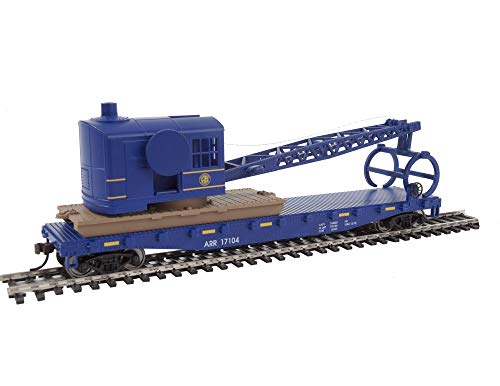One story had it at $510m for the Duluth interchange. For some context, the county is 201K, and metro Duluth including the Wisconsin side is 327K. That's not quite in top 100 in the US, but it's the second largest metro MN. And the city is built below a cliff in the Iron Range.
A good part of the project is for trucks going to the port. The volume at the port has stagnated, due to decreases in coal and grain, with ore still the bulk

of it. The powers that be are investing in container facilities. While this might explain some things, it's still clear MN has so far only added one single frequency train; its cost saving is apparently why that train runs with Horizon cars; and getting back a minimal train to Duluth will take a while. Choices. It's hard to emphasize that frequency works, in those circumstances. "An empty highway is seen as a sign of success, an empty train as one of failure."
Now, expensive interchanges. I did find one at $900m, the NJ side of Philly. And it's had other problems.
One mega project in cost is the Tacoma HOV lanes, $1.8b. Fully separated HOV lanes look a lot like rail corridors, and must cost more. They are safer than 10-lane freeways, but not as safe as trains.
I too was surprised at the $3b number for setting up Amtrak between Chicago and Florida via Atlanta. It seemed low. Brightline Florida cost several billion, how much ever went to tracks and bridges, and two tunnels under a highway, and rebuilding the highway's ramps. (The new corridor part was only 20 miles of the project.) In Virginia the NER is a big success, but the payouts to NS and CSX have been in nine figures several times, and the distances are not large. There was almost no choice as I-95 is about maxxed out in width, including separated lanes. (To make passenger volume, rail in VA is oriented to the NEC, as it is in NC for travel outside the state, in the state-supported category. That's to make volume, a different goal would be to make network. Another would be to serve more small places. Bring back flag stops!)
As the Transit Costs Project said, English-speaking places consistently come in high, including Hong Kong and Singapore. And for some reason, the Netherlands. Back around 1960 in the U.S. there was hue and cry over the "million-dollar-a-mile" cost the interstate highway system had risen to. At the time, the federal gasoline tax at the pump was about 50%. It's now 18.4 cents. Perhaps there was some postwar pride mixed with bemusement at not being able to control costs.
Edit: 9 figures, not 6 to upgrade tracks
























































